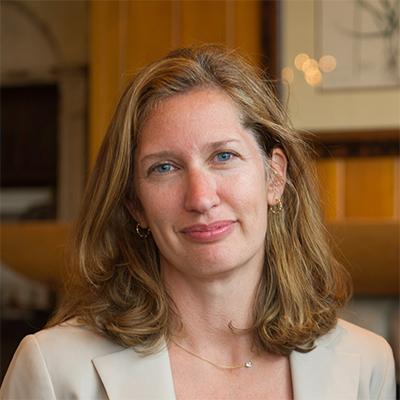Twenty-five years ago CRPE was founded on the idea of the school as the locus of change. Today we are reexamining our old assumptions in light of new technical possibilities, changes in the economy, and a recognition that even the most effective schools may need to develop new approaches to better serve students whose needs warrant more individualized learning pathways or supports. This post is part of a series on what the school or learning system of the next 25 years might look like.
I’m getting an increasing number of inquiries from cities with a lot of charter schools that want to improve their services and supports for students with special needs and other special populations of students, or “complex learners,” as I like to call them.
The typical thing city leaders hear is that charter schools need to create new specialized programs and that districts need to make sure money follows students according to need. Sometimes cities consider starting special education co-ops that allow groups of autonomous schools to share resources.
These are important ideas, but I’m increasingly advising city leaders—local nonprofits that support charters, parent and community leaders, district portfolio offices, etc.—that those ideas are not enough. Cities must start thinking much more creatively about ways to leverage community assets, technology, and their networks if they are really serious about meeting the needs of their most complex learners.
Here are a few suggestions I’ve given lately:
- Innovate, don’t recreate traditional district programs. Programs for students with the most serious disabilities and other challenges typically segregate these students from more typical peers and rarely produce great results. Look around the country for the most innovative and effective strategies for serving high-needs students. Let charter schools use their autonomy to adopt those strategies and improve upon them. Offer similar autonomy to district-run schools where leaders are willing to do the same.
- Collaborate with other charter and district schools to share and recruit the most talented specialized teachers in the country. Educators with the talent, expertise, and commitment to serve complex learners can be hard to find. Yet autonomous charter and even district schools tend to think they are special snowflakes, so distinct in their approach that they couldn’t possibly share staff or even recruit nationally to build up the pool of educators prepared to step into these roles in their community. Nearly all struggle to find special education teachers, counselors, bilingual educators, and psychologists. Why not work together to recruit and train people for these roles, or even hire shared staff that work across multiple schools and networks?
- Create peer review programs where school teams visit other schools to learn about approaches with complex learners and offer suggestions for improvement. It is important that the principal and general education teachers take part, not just special ed teachers or other specialized staff. The schools most successful at serving the most complex learners take a whole-school approach. That starts with the principal or school head and means that “gen ed” teachers tightly coordinate with specialized staff and feel accountable for serving every student well.
- Look beyond the school walls. Trying to meet every student’s needs, especially the most complex, with the only the expertise and resources inside a school is likely an unattainable goal. Schools must start looking for ways to leverage expertise in local community organizations and even use technology to bring in expertise from other communities. I’d like to see local nonprofits help match student needs with solutions. Imagine if a team of national experts were on call to advise on students with complicated behaviors, or if leading national autism researchers could run targeted professional development sessions for district and charter teachers. Specialized online programs for speech therapy or executive coaches for kids with attention and organizational challenges could be used effectively. All of these solutions are possible today, but it takes a mental shift to think beyond the walls of a school or the traditional roles within it. Facilitating these external relationships and tracking outcomes achieved by third-party organizations without burdening principals with excessive new administrative tasks may also require support from districts or charter networks.
- Make sure parents know how to find the best fit. Families and guardians of complex learners are often the most desperate for options, and can have a very difficult time figuring out which schools or services can best meet their child’s needs. Just as wealthy families hire consultants to help them find a good fit, complex learners should have affordable, specialized support to choose schools and find the specific services they need to maximize their potential.
These five actions may best be initiated by parents and teachers at the school level. But some will need facilitation from system leaders.
School districts and community-based nonprofits could play the role of matchmaker, helping schools connect with resources that work to meet students’ needs. They can also conduct regular audits of their communities to identify where there are insufficient resources and address these gaps by soliciting proposals from their communities, working with local, state, or national agencies, and leveraging technology. They can provide coaches to help families choose schools and package together the supports, medical or therapeutic services, and out-of-school enrichment opportunities they need.
Until now, the portfolio strategy has focused on moving the locus of accountability and decisionmaking to the school. That has meant shifting the role of school districts and community organizations away from telling educators how to run schools, and toward holding schools accountable for performance and ensuring families have equitable access to diverse options.
That approach has enabled cities to support continuously improving systems of schools. These systems must now work to ensure that every student, especially ones who don’t fit the norm, has a path to success. Supporting complex learners is a crucial community function that needs more thought and development. It will take a creative new approaches, investments, and a willingness to partner across traditional boundaries. The school systems that have already shown a willingness to challenge our preconceptions about what’s possible in public education are in the best position to lead the way.





